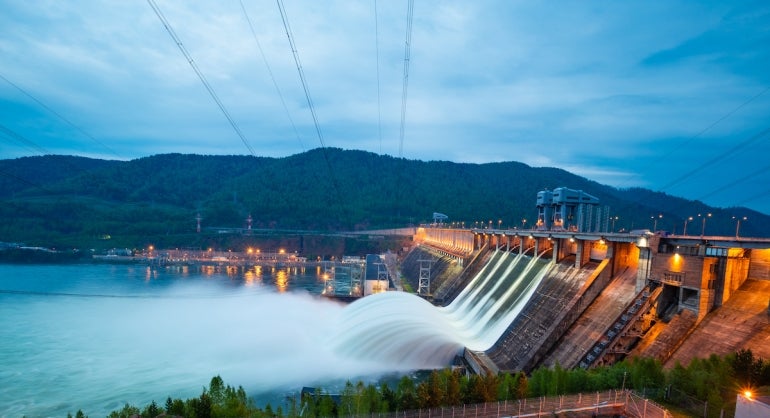
Public policy conversations about climate change invariably focus on de-carbonization. While this is important, I happen to live in a state (Utah) that is already feeling a very different pinch, one that has the potential to affect most everyone, regardless of location: Water. Or, rather, the lack thereof. You may not get to ski on water (snow) as I do, but without enough water, agricultural plants wither, factories close and life generally becomes unpleasant. The WWF has suggested that by 2025, two-thirds of the world’s population may be without adequate water.
Waterplan, a start-up founded by an Argentine entrepreneur and a physician, sees a way forward to help companies improve water utilization. Their cloud-based water software platform, used by organizations as diverse as Coca-Cola and the world’s largest public cloud provider, helps organizations evaluate their water risk while also guiding enterprises to actions that will help conserve water. Here’s why that matters.
Here is no water but only rock
Waterplan’s value proposition is twofold:
- Help companies save bottomline dollars by showing how well they use water, assess future risks, and the potential return on investment of steps the C-suite can take now to mitigate pending disasters or to seize new opportunities impacted by water.
- Prepare for pending global regulations, that much like Generally Accepted Accounting Principles (GAAP) forced companies to publish their financials in a consistent way, will soon require public companies to report in a standardized and transparent manner how their business impacts climate change.
Waterplan already boasts an extraordinary roster of customers for a company less than two years old, including the world’s largest brewer ABInBev, Colgate-Palmolive Company, Coca-Cola, the largest public cloud provider and the biggest social media platform — the company isn’t allowed to name these last two, but guessing shouldn’t be too difficult. These companies have one thing in common: Saving water saves them money. Some are also publicly committed to ambitious climate mitigation goals.
SEE: Artificial Intelligence Ethics Policy (TechRepublic Premium)
This issue is only going to get worse. While the world’s population tripled in the 20th century, the use of renewable water resources has grown six-fold, noted the World Resources Simulation Center, a U.S.-based sustainability organization. Within the next fifty years, the world population will increase by another 40 to 50%. This population growth — coupled with industrialization and urbanization, especially in the developing world — will result in an increasing demand for water and serious consequences for the environment.
Nor is this “someone else’s problem.” A drought in Taiwan last year contributed to the global shortage of chips, since the manufacturing process requires a lot of water. That chip shortage raised the cost of anything with a processor, from new cars to computers and even refrigerators.
If there were water and no rock
There is no way to escape these global climate changes. But Waterplan and other initiatives underway can help businesses understand them and plan better. New climate disclosure regulations are coming from both the U.S. and Europe. The U.S. Securities and Exchange Commission has already proposed disclosure rules that could go into effect by the end of the year. They follow the guidelines from the Task Force on Climate Related Financial Disclosures, whose disclosure framework is used in the U.K., the E.U., Switzerland, Brazil, Hong Kong, Japan, New Zealand and Singapore. Meanwhile, another global initiative, the Taskforce on Nature-related Financial Disclosures, has an online portal to guide companies in reporting nature-related risks like freshwater consumption in stressed areas.
Silicon Valley is also taking a high profile role in steps to help mitigate climate change. All three cloud giants — Microsoft, Amazon and Google — have taken various pledges to achieve net-zero carbon footprints.
SEE: Metaverse cheat sheet: Everything you need to know (free PDF) (TechRepublic)
But as Amazon’s third annual Sustainability Report recently showed, it’s complicated. The company pledged to reach net-zero carbon emissions by 2040, yet its total carbon footprint grew by 18% last year. Despite investing as much as billions of dollars (they don’t disclose) in things like green data centers and electric vehicle fleets, they spew a lot of carbon in a lot of different ways. The same is true at Microsoft, which had emissions jump 21.5% in 2020-21.
Waterplan’s SaaS platform can help organizations tackle the water side of climate change, enabling them to quantify and mediate water risk. Waterplan pulls data from a number of sources, including satellite imagery and direct measurements from water and environmental authorities and uses that data to help organizations save water — and, just maybe, the planet.
Disclosure: I work for MongoDB but the views expressed herein are mine.







